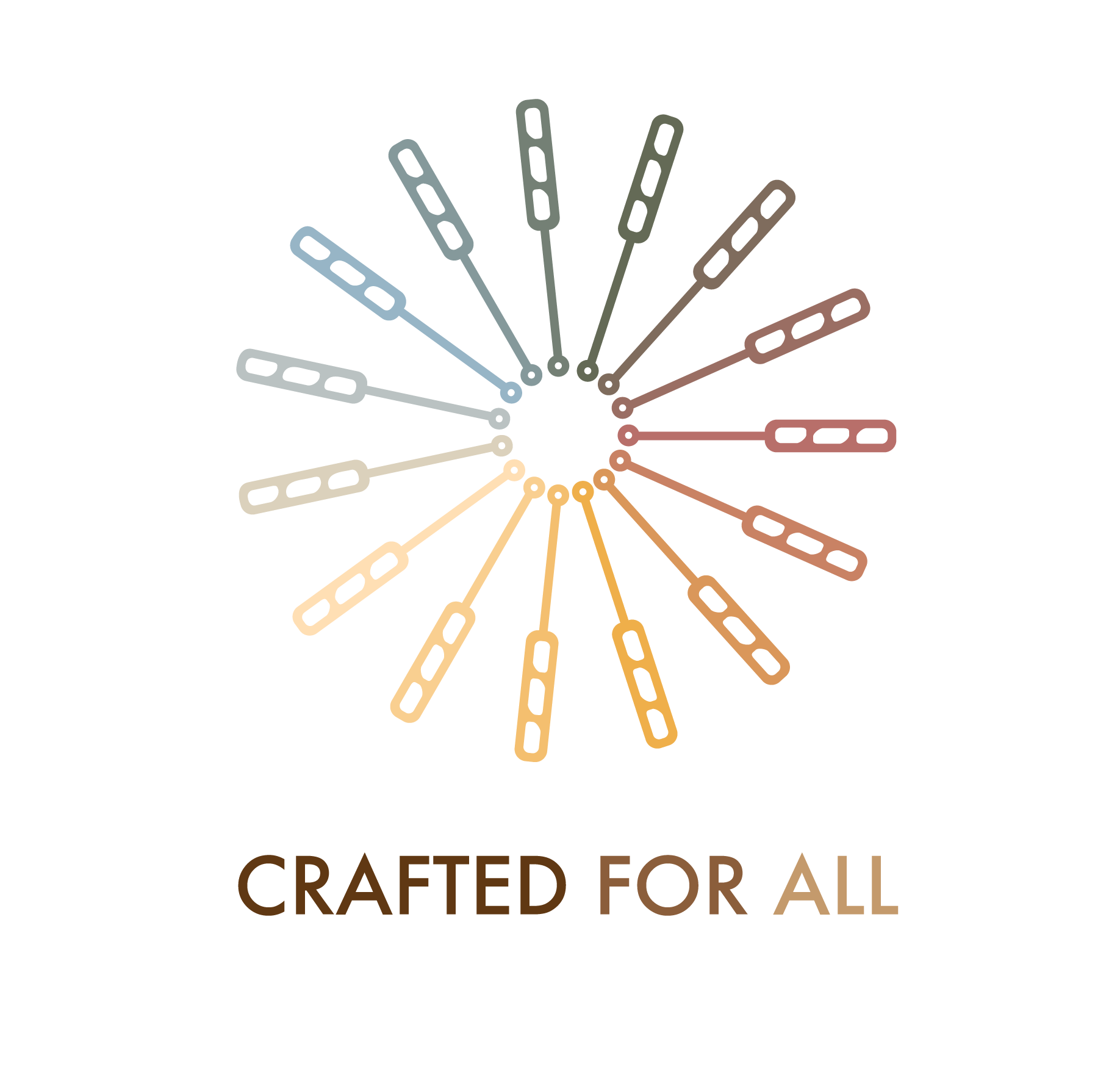
Bias, in particular unconscious bias, is a hot topic these days. However, most conversations about bias tend to center around cultural bias–that is, relying upon cultural stereotypes about a group of people to influence hiring decisions about a particular candidate. Cultural bias is prevalent and can have profound effects. Consider the results of this 2003 National Bureau of Economics study entitled “Are Emily and Greg More Employable than Lakisha and Jamal? A Field Experiment on Labor Market Discrimination.” The researchers responded to help-wanted ads with fake resumes. To manipulate the hiring organization’s perception of race, each resume is assigned either a very Black sounding name or a very White sounding name. The results showed significant discrimination against Black names: White names received 50 percent more callbacks for interviews. The researchers also found that race affects the benefits of a better resume. Despite the continued prevalence of cultural discrimination in the workforce however, there are other types of bias that may collectively contribute more to the current lack of diversity in craft beverage industries. After all, I am grateful to say with complete honestly, I have found that the vast majority of people in our industries manage to refrain from this kind of overt bias.
Types of Bias
Below you’ll see a list of types of biases that can enter the hiring process during resume/application review and interviewing stages.
Affinity Bias – The tendency to favor people who are similar to oneself or who are perceived to be part of the same ‘group’ as members of the hiring committee. This kind of bias often part of seemingly positive intangible assessments like “cultural fit.” For my money, this is the #1 source of hiring bias in the craft beverage industries.
The Halo Effect – The tendency to rely too heavily on positive first impressions. This kind of bias also occurs when hiring managers assume that a history of excelling in one area will automatically lead to success in others. This bias benefits those who are comfortable in the interviewing setting (perhaps they perceive the organization to be full of people “like them”) and those who have been offered opportunities to excel in settings associated with prestige (for example higher education).
Confirmation Bias – The tendency to seek out information that confirms or validates your opinions. As a hiring bias, it’s the tendency to focus only on the aspects of a person that coincide with the hiring manager’s pre-established opinions.
Expectation Bias – The perception that an interview goes more or less favorably for candidates who look good or bad “on paper” respectively.
Anchoring Bias – Fixating on one piece of information that, as a result, is given it more weight than it deserves. In hiring settings, this may amplify the impact of perceived “red flags” (having served time in correctional institutions is a common example) or conversely exaggerate the benefits of perceived assists. Often, passion for (or lack there of) drinking a particular craft beverage has operated in this way for roles where product knowledge can be learned or is not necessary.
Consensus Bias – The tendency to shift one’s opinions to be more consistent with the opinions of others when hiring is conducted by committee.
Combatting Bias
There are a number of strategies that can be used to reduce the influence of each of these types of bias. However, it’s important to start with one unavoidable truth. The strategies below–particularly when combined with pipeline development strategies that result in an uptick of the number of applications/resumes received–require more time, preparation, and self-reflection from those involved in the hiring process. Developing effective systems and tools to deal with this additional work is key. Affinity Bias
- Consider using committees of 3 (or more) to conduct hiring and consciously build committees that reflect existing occupational, demographic, psychographic, and/or sociographic diversity.
- Remove personally identifying information (names, addresses, etc) from resumes or applications to conduct blind reviews.
The Halo Effect
- Educate your hiring professionals about the potential for bias due to the halo effect, focusing on what kinds of interview behaviors may be attributable to situational comfort/discomfort.
- Consider “work-sample tests,” where interviewees are given the opportunity to briefly shadow a current employee or work in the setting for which they are interviewing or solve a work-related problem that will be similar to one they might face on the job.
Confirmation Bias
- Use structured interviews so that hiring professionals cannot selectively seek information. Pose the same set of questions in the same order to all candidates. This will allow clearer comparisons between them.
Expectation Bias
- Equip hiring professionals with a broad set of parallel skillsets to be on the lookout for. Candidates who look good on paper are often those with direct job experience. There may be a vast universe of skillsets derived in other industries or nonprofessional settings that will effectively prepare candidates to be successful. Surveying your existing workforce about what kinds of nontraditional experiences (in and outside of the workplace) help them succeed at their jobs is a great place to start.
Anchoring Bias
- Use a weighted rubric to score applications/resumes and interview performance. Determine how much weight each item on your rubric will carry BEFORE you review any candidates. For the best results, make sure that they job announcement and the rubric correspond.
Consensus Bias
- Allow each member of the hiring committee to fully provide their feedback before sharing their impressions with others. The use of standardized feedback forms and scoring rubrics facilitates this process.
Using an Interview Kit
The training, preparation, and tools listed above can be combined into an “interview kit” that your organization can use for each type of hire or each hiring committee. A basic kit might contain:
- A copy of the job announcement.
- A list of skillsets and experiences to be on the lookout for.
- Educational materials about types of bias.
- A standard set of interview questions on a form that leaves room for written feedback.
- Scoring rubrics.

